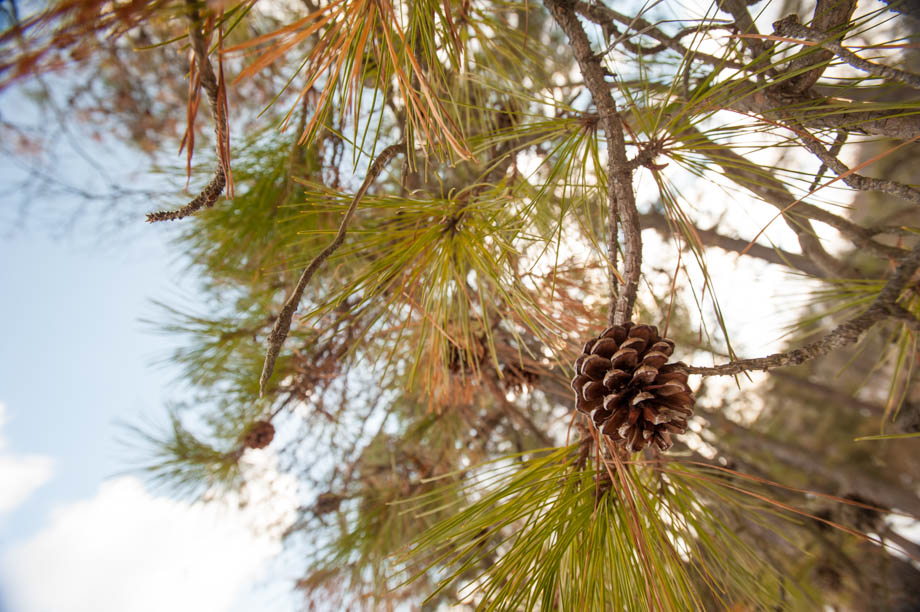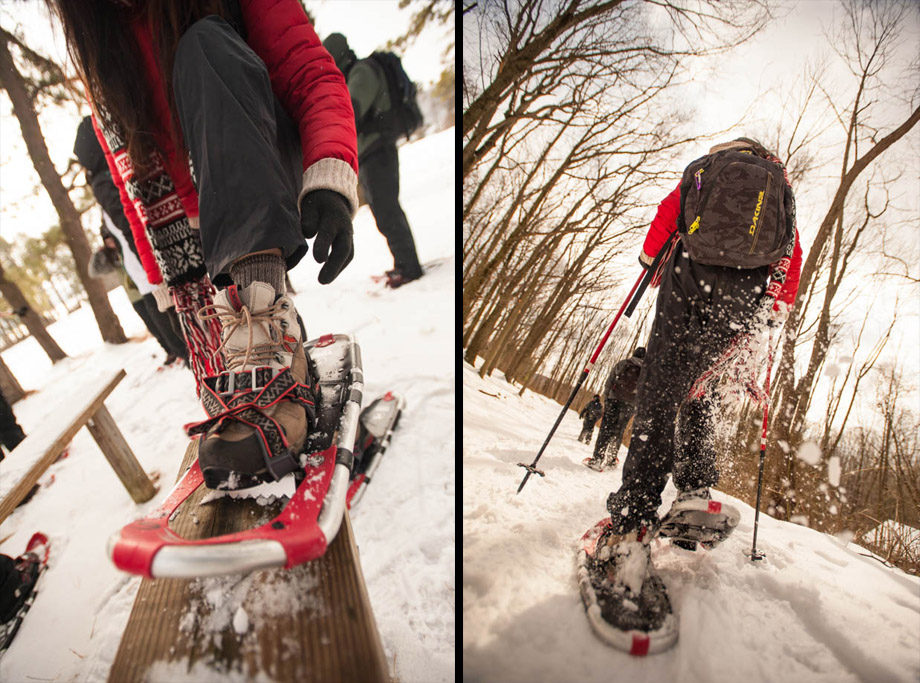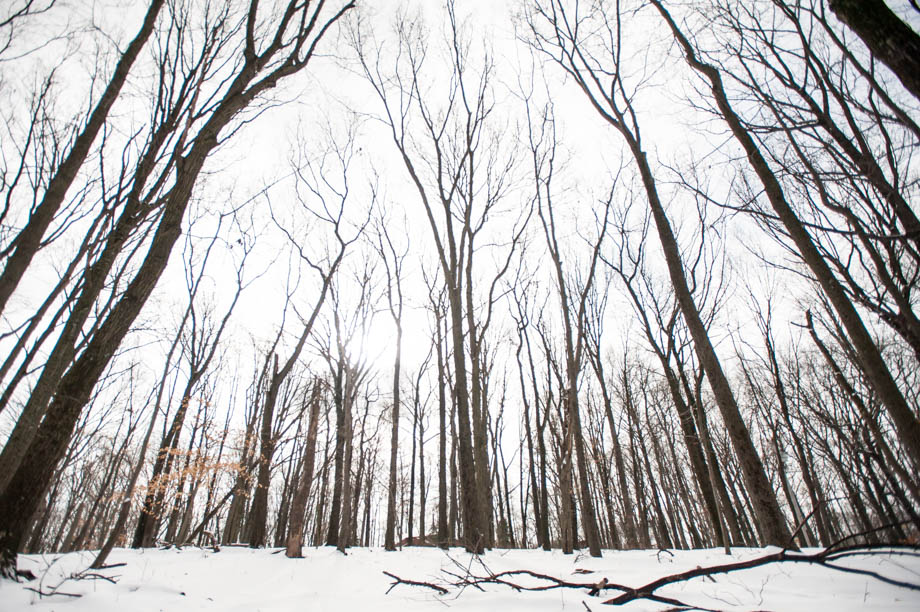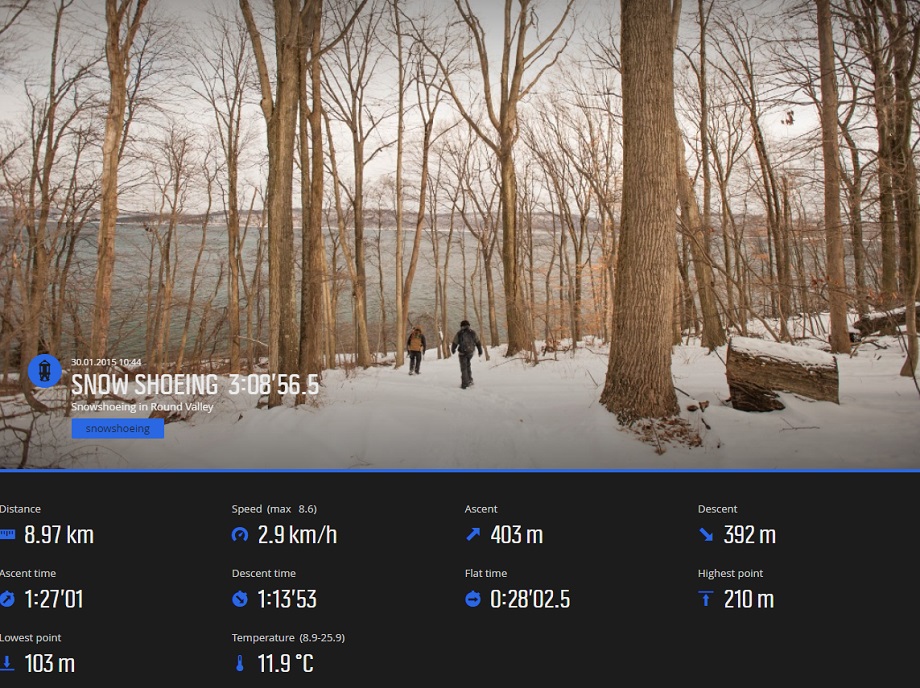January 30, 2015
Posted by Ramon Fadli in Class 2, Day Hike, Hiking, Humid Continental, Lakes, New Jersey, Temperate Deciduous Forests, United States of America
Round Valley Reservoir
Round Valley Reservoir
The Round Valley Reservoir in New Jersey is well-known for its pristine clear blue waters. The reservoir was formed in 1960 when two large dams flooded the Cushetunk Mountain valley (the Lenape Native American name 'Cushetunk' means 'place of hogs'). The reservoir is the deepest body of water in New Jersey and is also sometimes referred to as the 'Bermuda Triangle' of New Jersey due to the multiple drownings that have occurred there in the past few decades. Fortunately, there are several trails to explore around the lake instead of going swimming! The park is also one of the few that offers wilderness camping, so is a perfect place to go to in order to escape the hustle and bustle of the city.
Difficulty Rating : 2.4 / 10.0
(Class 2 - Very Straightforward)

Getting There
The best way to get to Round Valley Reservoir is by getting on the I-78 (Phillipsburg-Newark Expressway). If you are coming from the east (taking the I-78 west) from New York City or New Brunswick, you will need to take exit 20A to get on Route 22 heading west. If you are coming from the west (taking the I-78 east) from the direction of Phillipsburg or Allentown, then you will need to take exit 18 to get on Route 22 heading east. Once you are on Route 22, following the signs will direct you to the park.

The Trails
There are three main trails at Round Valley Reservoir: the Pine Tree Trail and the Family Hiking Trail that lie to the west of the south carpark and are very short (1.6 km and 0.8 km loops respectively) that pass through pinewood (Pinus sp.); and the much longer 14.5 km-long Cushetunk Trail, which was the one that we were to snowshoe on. The Cushetunk Trail heads eastwards from the south carpark instead and makes an almost complete loop around the reservoir (no trails completely circle the reservoir), passing by the wilderness campsites along the way. This trail has been described as "rugged, rocky and steep", albeit I found it to be extremely tame (so much so that you can even mountain bike on it) compared to the occasionally impenetrable forest terrain that I am far more used to. This was, quite literally, a walk in the park.

Snowshoeing
Snowshoeing is a form of hiking that allows you to extend your hiking season well into winter. The gear is fairly inexpensive and the skills are very easy to learn. Snowshoes work by distributing the weight of the hiker over a larger area (called 'flotation') so that one's feet do not sink into the snow, contributing to postholing in the process. The fact that you end up walking on the layer of snow also means that your presence is also far less detrimental to the environment, since it does not contribute to trail erosion.

 The poles that I just mentioned also help when navigating around obstacles. A thick layer of snow tends to hide objects underneath and testing the ground in front of you for holes, logs, rocks, or tree wells, can help tremendously. If the person in front of you is using poles, also be sure to keep your distance to avoid getting poked!
One last thing to bear in mind is that skiers have the right-of-way on trails as it is far easier for you as a 'snowshoer' to step off the trail than it is for a skier to maneuver around you. Always be sure to show proper trail etiquette when encountering others on the trails.
The poles that I just mentioned also help when navigating around obstacles. A thick layer of snow tends to hide objects underneath and testing the ground in front of you for holes, logs, rocks, or tree wells, can help tremendously. If the person in front of you is using poles, also be sure to keep your distance to avoid getting poked!
One last thing to bear in mind is that skiers have the right-of-way on trails as it is far easier for you as a 'snowshoer' to step off the trail than it is for a skier to maneuver around you. Always be sure to show proper trail etiquette when encountering others on the trails.
Route Playback







